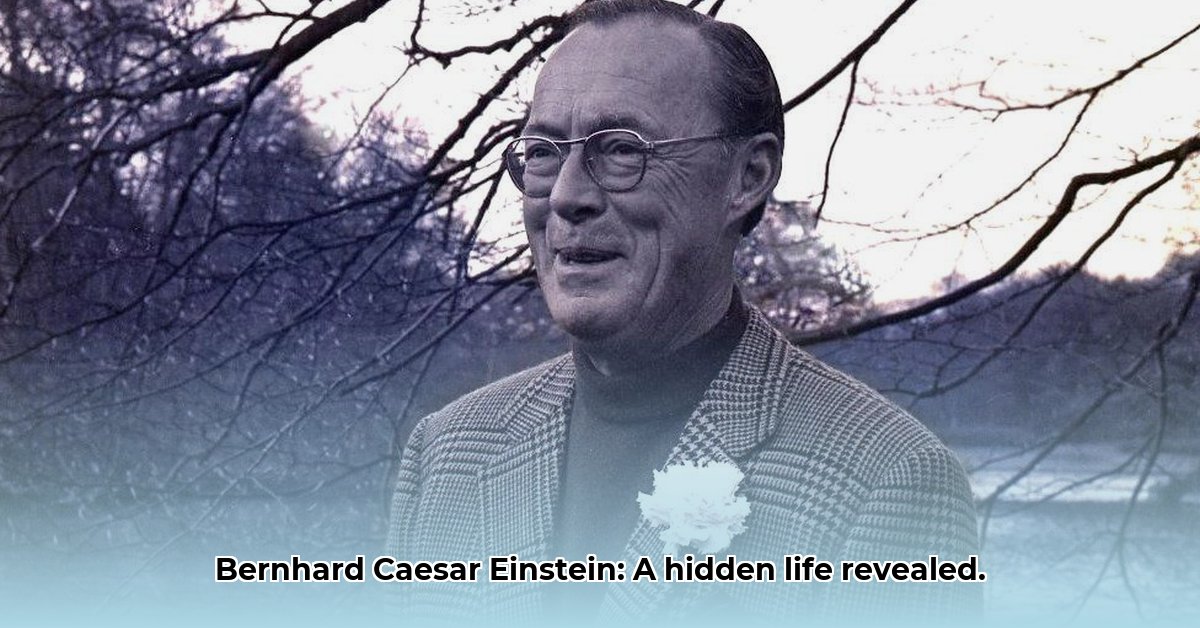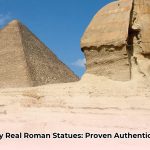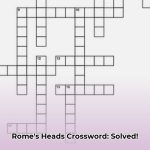You know Albert Einstein, the super-smart scientist? Well, his grandson, Bernhard Caesar Einstein, had a pretty interesting life too, even if it’s not as famous. Learn more about Bernhard’s early life here. This story dives into Bernhard’s life – his work as an engineer, the challenges he faced because of his family’s history, and how he built a successful career. It’s a tale of innovation, family, and overcoming obstacles, showing that even the grandkids of geniuses have incredible stories to tell. Get ready to discover the untold side of the Einstein legacy.
Bernhard Caesar Einstein: Engineer, Innovator, Grandson
Bernhard Caesar Einstein. The name alone conjures images of scientific brilliance and groundbreaking theories. He was, after all, the grandson of Albert Einstein. But beyond the famous surname lies a less-publicized story: the life of a man who navigated the weight of that legacy while forging his own distinct path in the world of engineering.
Beyond the Shadow: Defining His Own Path
Born in Dortmund, Germany, in 1930, Bernhard’s life began under the shadow of his grandfather’s already-immense fame. Growing up with the “Einstein” name meant constant comparisons and sky-high expectations. While direct accounts of his personal feelings are limited, it’s reasonable to assume he felt both the pressure and the privilege of his lineage.
Bernhard’s journey became one of self-discovery and a conscious effort to define himself independently. Did he actively try to outshine his grandfather? Or did he choose a different path entirely to escape the inevitable comparisons? These questions continue to fascinate those who study his life.
Escape to America: A Family’s Flight from Nazi Germany
The rise of Nazism forced Bernhard’s family to flee Germany and seek refuge in the United States. This upheaval was a defining moment, uprooting him from his homeland and instilling a profound sense of resilience. The experience shaped his worldview, fostering an appreciation for stability and a deep understanding of the fragility of peace.
This wasn’t merely a change of scenery; it was a complete disruption of his life. How did this formative experience influence his later decisions? How did adapting to a new culture shape his identity? Exploring these questions is crucial to understanding the man he became.
Engineering a Future: From Physics to Practical Application
While his grandfather revolutionized theoretical physics, Bernhard gravitated toward the practical applications of science. He excelled in engineering, specializing in electronics and laser technology. He earned multiple U.S. patents, tangible proof of his innovative spirit and technical skills. This career choice suggests a conscious decision to carve his own niche, separate from his grandfather’s towering achievements.
What motivated this shift? Was it a desire to escape constant comparisons, a need to prove himself in a different field, or simply a genuine passion for engineering? The answers remain elusive, adding to the intrigue of his story.
Unraveling the Enigma: The Private Life
Details regarding Bernhard’s personal life remain scarce. He married Doris Aude Ascher and had five children: Thomas, Paul, Eduard, Mira, and Charles. Sources suggest a possible second marriage later in life, although details are limited. This lack of information underscores the challenges of piecing together a complete picture of his life.
Filling the Void: The Search Continues
The gaps in our knowledge of Bernhard’s life offer an opportunity for further research. Discovering new information could significantly enhance our understanding of his experiences and motivations. His story isn’t just a historical footnote; it’s a chance to explore themes of family legacy, personal identity, and the pursuit of individual fulfillment.
A Legacy of Innovation and Quiet Determination
Despite the limited information available, Bernhard Caesar Einstein’s life offers valuable insights. He lived a life largely outside the spotlight, choosing to contribute to the world through his engineering work. His story demonstrates a quiet strength and determination to succeed on his own terms. While he may not have achieved the same level of fame as his grandfather, his contributions to engineering and his resilience in the face of unique challenges solidify his place in the Einstein family legacy. His legacy is a reminder that success can be defined in many ways, and that true impact often lies in the quiet dedication to one’s chosen path.
How Did Bernhard Einstein’s Engineering Career Compare to Albert Einstein’s Scientific Work?
Key Takeaways:
- Bernhard Caesar Einstein, grandson of Albert Einstein, pursued a successful career in engineering, distinct from his grandfather’s work in theoretical physics.
- Bernhard focused on practical applications, earning patents for inventions in electronics and laser technology.
- Albert Einstein revolutionized physics with groundbreaking theories, while Bernhard contributed to technological advancements through engineering innovations.
- Both men demonstrated intellectual prowess in their respective fields, reflecting a family legacy of scientific and technological contribution.
- Bernhard’s life highlights the challenges and triumphs of establishing a unique identity while living in the shadow of a famous relative.
A Different Genius
Bernhard Caesar Einstein didn’t explore the intricacies of theoretical physics. Instead, he focused on the practical challenges of engineering, creating tangible solutions to real-world problems.
Bernhard’s career unfolded amidst immense expectations. The weight of the Einstein name was a constant presence. However, he established a successful career, securing multiple patents in electron tube technology, light amplification, and laser technology.
From Tubes to Lasers: An Engineering Career
Bernhard’s early work with electron tubes was groundbreaking for its time. These vacuum tubes were essential components of early electronics, paving the way for future technologies. His contributions in this field, though less celebrated than his grandfather’s theories, were critical to the development of modern technology. This work formed the basis for his later achievements in light amplification and lasers.
A Stark Contrast
How did Bernhard Einstein’s engineering career compare to Albert Einstein’s scientific work? Albert’s theories were revolutionary, transforming our fundamental understanding of the universe. His work was theoretical, pushing the boundaries of human knowledge. Bernhard, on the other hand, focused on the practical application of existing scientific knowledge, translating ideas into tangible inventions. One was a visionary theorist; the other, a skilled builder.
A Legacy of Innovation
Bernhard’s contributions extend beyond individual inventions. His work with companies like Texas Instruments and Litton Industries demonstrates his skills and the respect he earned within the industry. His patents represent concrete achievements and are a testament to his ingenuity and hard work. Their lives demonstrate how brilliance can manifest in diverse and equally impactful ways.
Beyond the Patents: A Private Life
Information about Bernhard’s personal life is less accessible than details about his more famous grandfather. This limited biographical detail makes it challenging to fully explore his life. However, what is known reveals a man dedicated to his family and his chosen profession.
Bernhard Einstein’s Engineering Innovations: Laser Technology and U.S. Patents
Bernhard Caesar Einstein, grandson of Albert Einstein, made his mark in the world of technology. While his grandfather revolutionized theoretical physics, Bernhard focused his intellect on engineering, particularly in laser technology and electronics. While his fame didn’t reach the level of his grandfather, his contributions were significant.
A Path of His Own
Bernhard’s life wasn’t solely defined by his family name. He pursued an engineering education, mastering electronics at renowned institutions. He translated fundamental physics principles into practical innovations.
He wasn’t just a name; he was a skilled engineer in his own right.
Patents and Innovation
Bernhard’s work focused on laser technology and light amplification, leading to several U.S. patents. These weren’t just minor tweaks; they were significant advancements in the field, demonstrating his deep understanding of the underlying science and his ability to create practical solutions.
Some of his patents were in light amplification and laser technology. These innovations contributed significantly to the advancement of these fields.











2 thoughts on “Uncover Bernhard Caesar Einstein’s Personal Life: A Legacy Revealed”
Comments are closed.